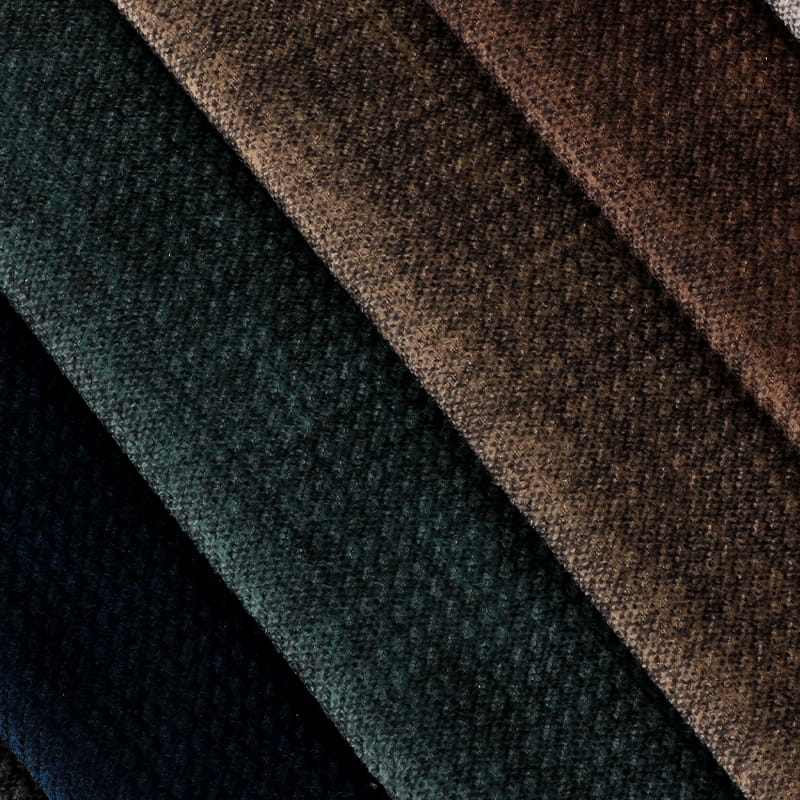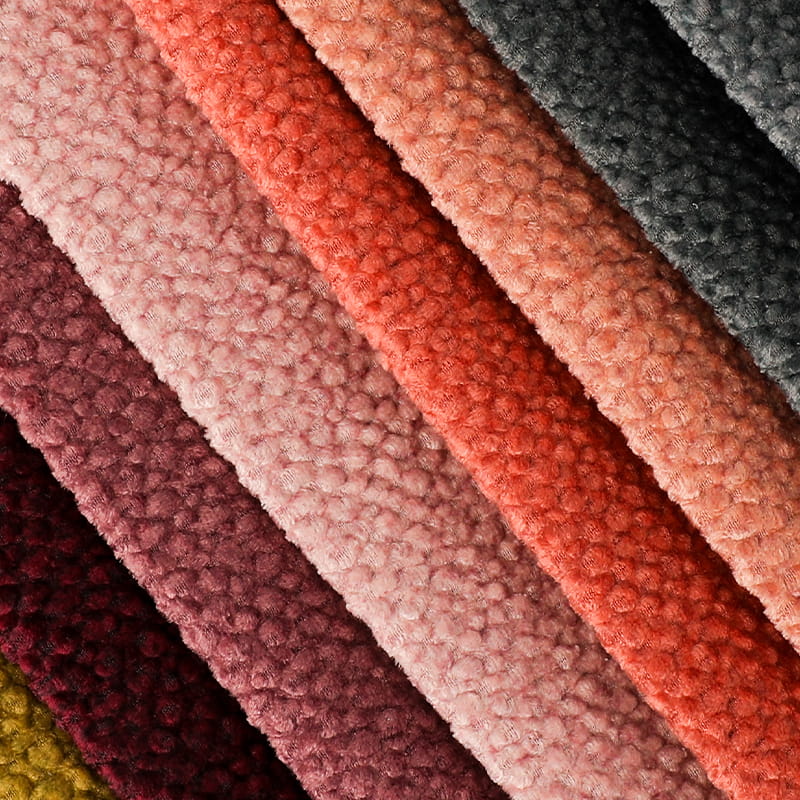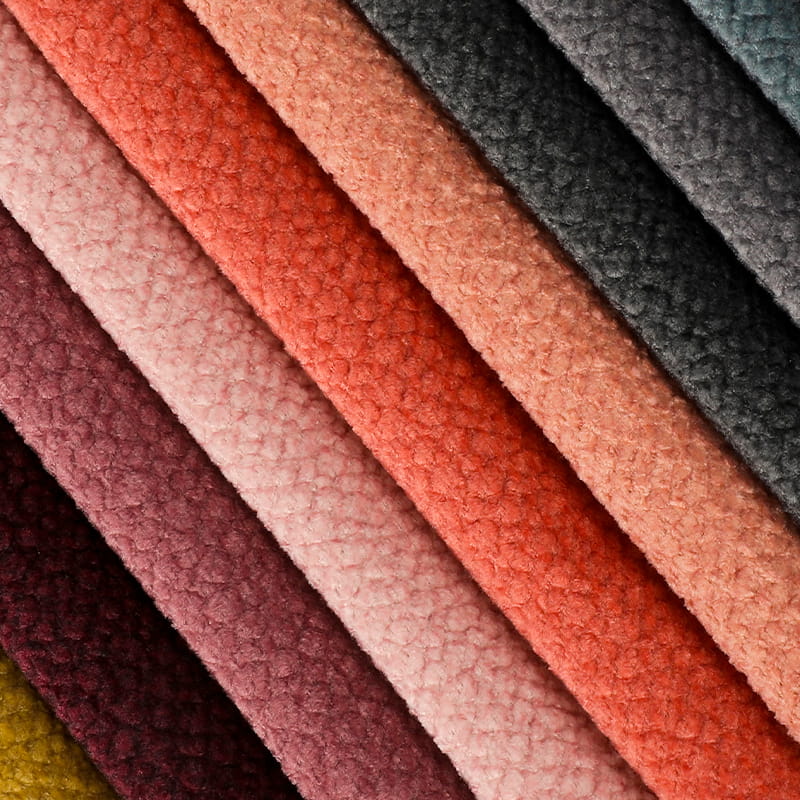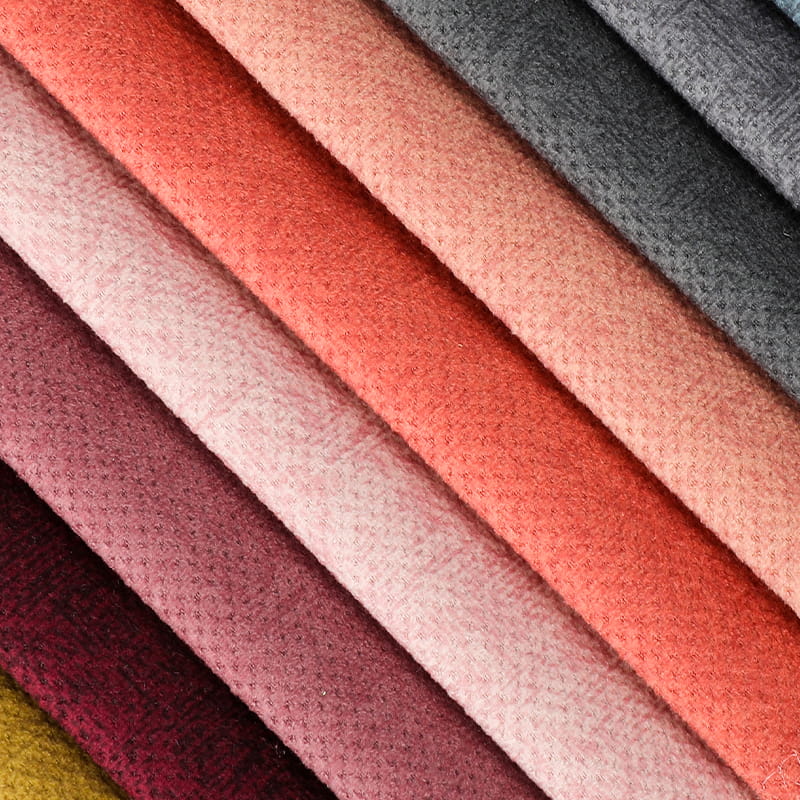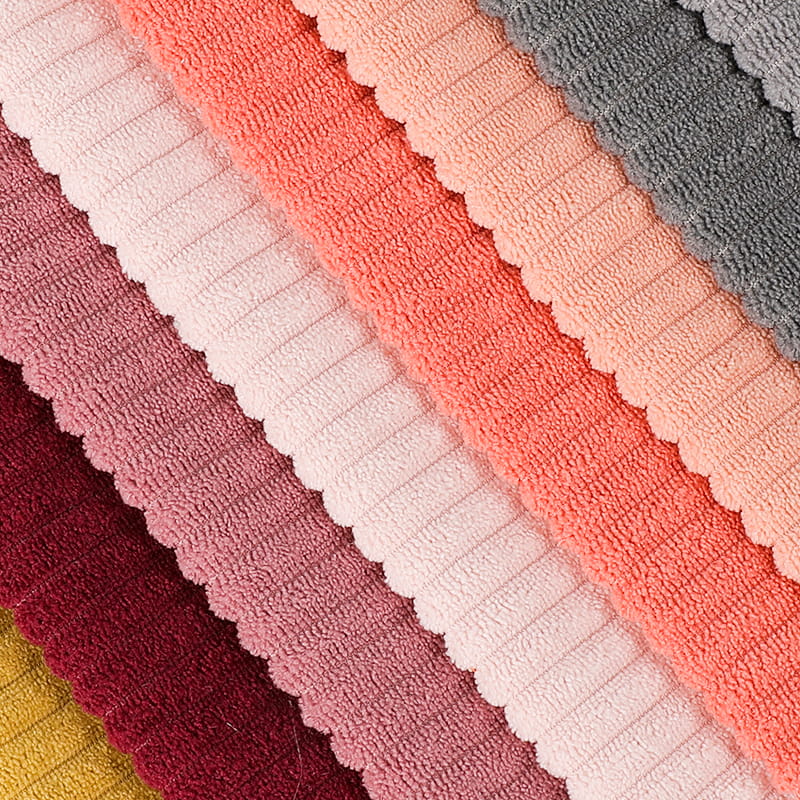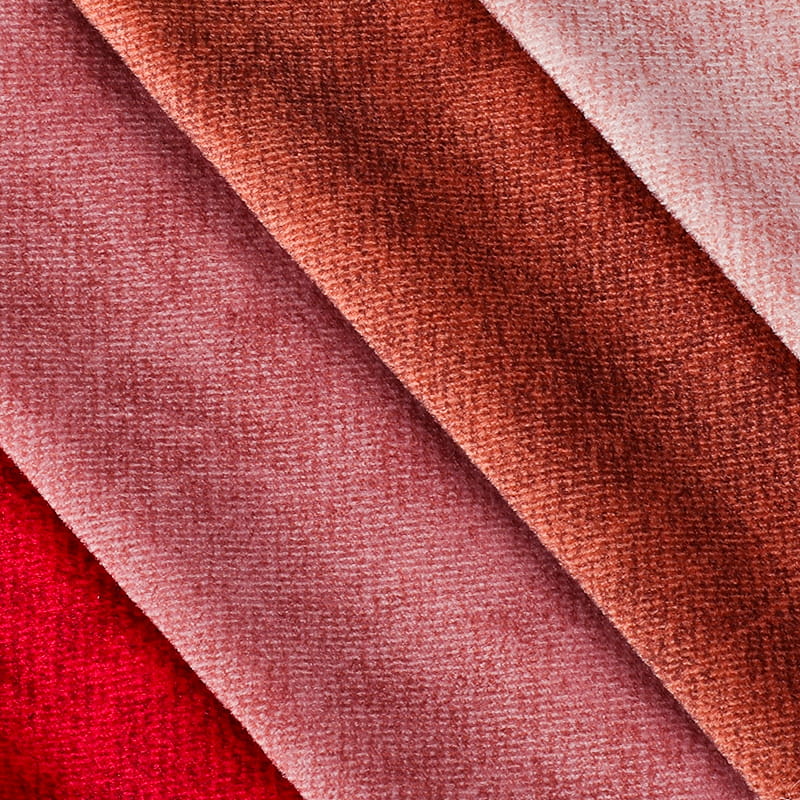In modern home decoration, sofa furniture is not only an essential element of the living space, but also a work of art that reflects the owner's taste and attitude towards life. As an important part of the sofa, the choice of materials, design innovation and environmental protection of sofa furniture fabric directly affect the comfort, beauty and durability of the sofa.
There are many kinds of materials for sofa fabrics, from traditional natural fibers such as cotton, linen, and wool to modern synthetic fibers such as polyester, nylon, and rayon. Each material has its own unique charm and applicable scenarios. Polyester fabric occupies an important position in sofa fabrics because of its wear resistance, wrinkle resistance, and easy cleaning properties. In recent years, with the advancement of technology, the emergence of new materials such as microfibers and ultrafine fibers has made sofa fabrics more durable and easy to care for while maintaining softness and comfort.
Microfiber fabric is a fabric made of ultrafine synthetic fibers, whose fiber diameter is only one-tenth of that of traditional fibers, so it feels delicate and soft, and has good breathability and moisture absorption. In addition, microfiber fabrics also have wear resistance and wrinkle resistance, allowing the sofa to remain clean and beautiful for a long time.
The design aesthetics of sofa fabrics is the key to improving the overall texture of the sofa. Modern sofa fabric design not only focuses on the matching of colors and patterns, but also emphasizes the perfect combination of materials and craftsmanship. From simple solid color fabrics to complex jacquard and embroidery patterns, the design of sofa fabrics is becoming more and more diverse, which can meet the personalized needs of different consumers.
Jacquard fabric is a fabric that forms a pattern by weaving warp and weft. Its pattern is three-dimensional and colorful, which can show a unique artistic beauty. Embroidered fabrics are embroidered on fabrics by hand or machine, with exquisite craftsmanship and delicate details, making sofas a work of art in the home.
With the improvement of environmental awareness, sustainable development has become an important trend in the modern home furnishing industry. The sofa fabric industry is no exception. More and more companies are beginning to pay attention to the application of environmentally friendly materials and energy conservation and emission reduction in the production process.
Environmentally friendly sofa fabrics usually use natural organic materials, such as organic cotton, linen, etc. These materials do not use chemical pesticides and fertilizers during the planting process, reducing pollution to soil and water sources. At the same time, environmentally friendly fabrics also focus on energy conservation and emission reduction during the production process, using energy-efficient production equipment to reduce waste emissions, and implementing recycling and other measures to reduce damage to the environment.
In addition to the selection of materials, environmentally friendly sofa fabrics also focus on waste treatment. Some companies have begun to explore the recycling technology of sofa fabrics, recycling, sorting, and reprocessing discarded sofa fabrics to produce new fabric products, achieving effective utilization of resources and zero waste emissions.



 English
English Español
Español


